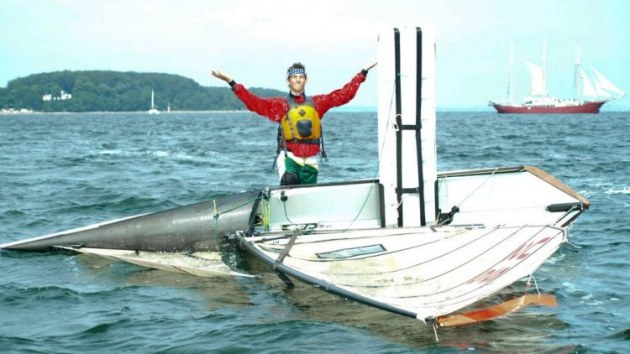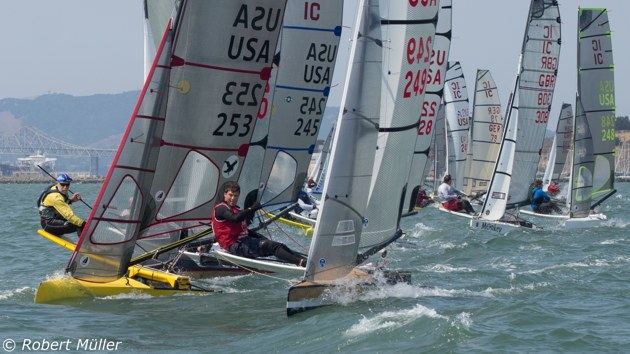The Decked Canoe Archives
Assembled by Tim Gittins
Holding 16 X 36 Cruising Canoe
1891E. T. Holding.
Body Plan
Sheer and Half Breadths
Deck Layout and Fittings
Sail Plan
From The London Field, January 09, 1892 and again in Forest and Stream,
A CRUISING CANOE.
SIR, - After some years' cruising on many of the larger waters of England and Ireland, the conclusion has been gradually forced upon me that for open water, where frequently something in the shape of a sea is running, the ordinary 15ft. by 30in. canoe is a wee bit small. In such a boat (and a dry one at that) I have suffered many a wetting, and the waves have frequently pooped us in a manner that would have been impossible had the boat been a little larger. Hitherto the only alternative for one who prefers the canoe type of boat to the ordinary open sailing boat has been the canoe yawl - something about 17ft. or 18ft. long, about 5ft. beam, and as much as three or four men can lift. For taking in a railway guard's van, or across country, or for single-handed camping work up river, such a boat as this is practically useless. I have, therefore, laid out the plans of what, I think, will be a useful compromise between the 15ft. canoe and the canoe yawl. It is a canoe 16ft. long, 3ft. beam, 13in. from gunwale to keel, and carrying sail area for cruising of not more than 80ft. Such a boat, fitted with centre-board, drop rudder, and sails, apart from camping gear, would not be of greater weight than a couple of men could easily carry for a short portage, and would with a double crew be infinitely more comfortable and drier than the 30in. beam. In her could be stowed with ease and dryness a tent and outside sheet for the same, tent poles, pegs, ground sheet for the tent, complete change of clothes, blankets, sleeping bags, towels, provender, and cooking utensils for a couple of men. These things, together with sketching, fishing, and shooting gear, I have been in the habit of carrying in a 15ft. by 30in. canoe with very little overcrowding, and such a boat as I am now describing will carry these things, of course, more easily, and leave a greater amount of room for the crew. The watertight bulkheads fore and aft, the space for which one cannot spare in the smaller boat when so much gear has to be carried, can be comfortably fitted to this one, the watertight chambers being used only for stowing light articles to be kept dry. As shown in the plan, the tiller ia placed so as to be worked by the member of the crew sitting aft. For single-handed work, the usual tiller fitting would have to be fixed on locker lid, as a one man crew would sit too near amidships to work with a tiller so far aft.
The tabernacle for mainmast is that described in the Field some months ago, which was designed for and used on the Severn. The mizen sail is an idea borrowed from America, giving a very low mast. It is a handy sail for waters where the bridges are so low as to necessitate unshipping a mizen mast of more than 2ft. 6in. in height.
Though a canoe of these dimensions is not the handiest possible for paddling, it could be easily propelled by that method. I have. however, found the soulls of such immense advantage, that I should strongly recommend having rowlocks fitted and sculls used under any circumstances where some distance had to ba travelled without the assistance of the sails.
A boat of this description I shall be having built on the Thames this winter, and during next summer her cruising capacities will be put to the test. I have every confidence that as an all-round cruiser, a handy boat for portages, and a boat that will keep one dry in choppy, open water, she will be a success. Of her sailing qualities it is well not. to speak: with certainty, but I think she will acquit herself well, and with a larger suit of sails could ba raced with advantage.
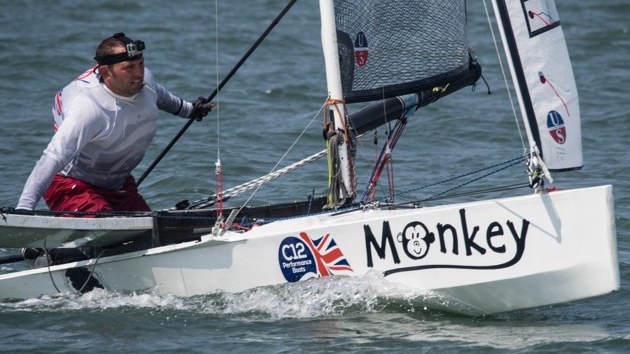
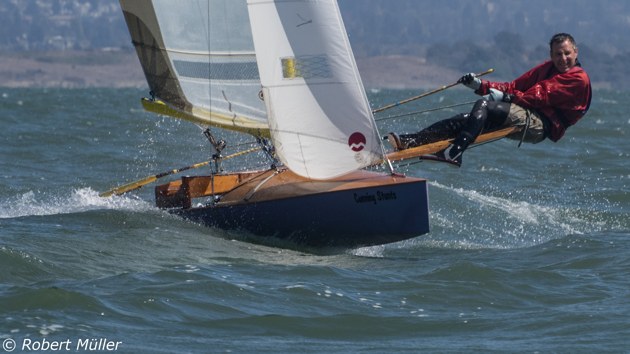
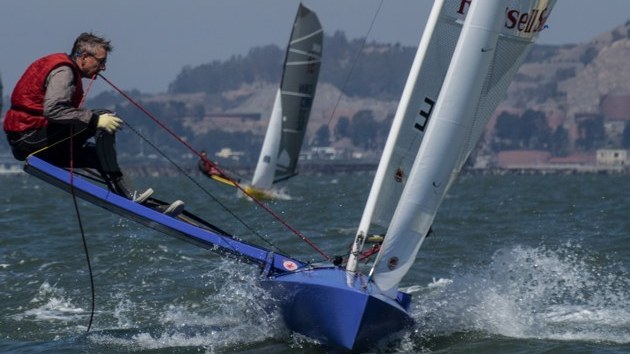


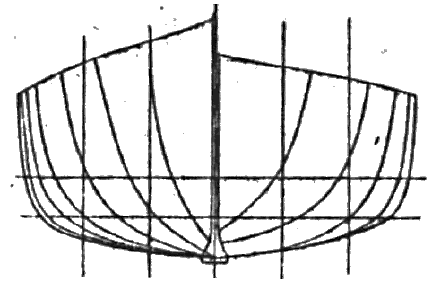


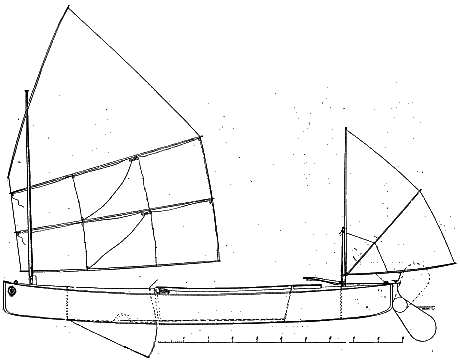

Ulrike_veerkamp.jpg)
Ulrike_veerkamp.jpg)
Ulrike_veerkamp.jpg)
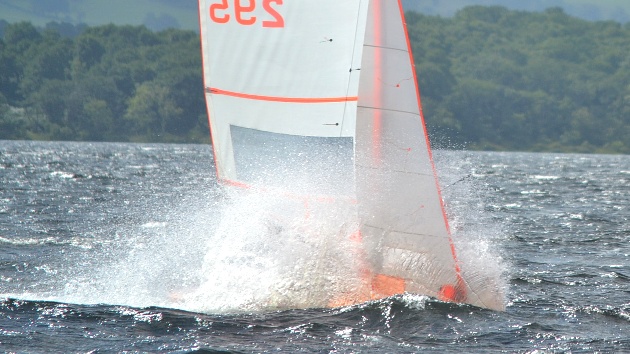
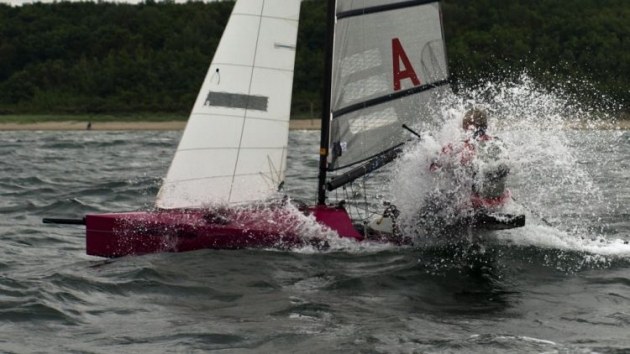
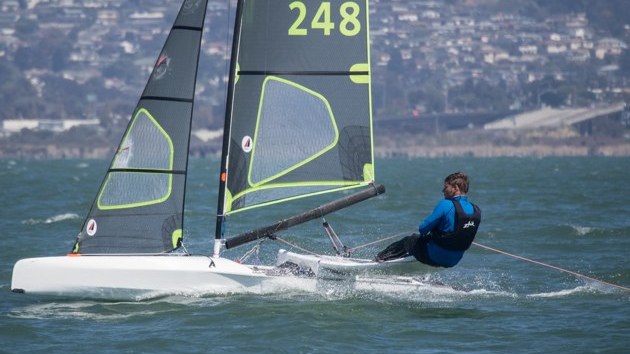
Ulrike_veerkamp.jpg)
